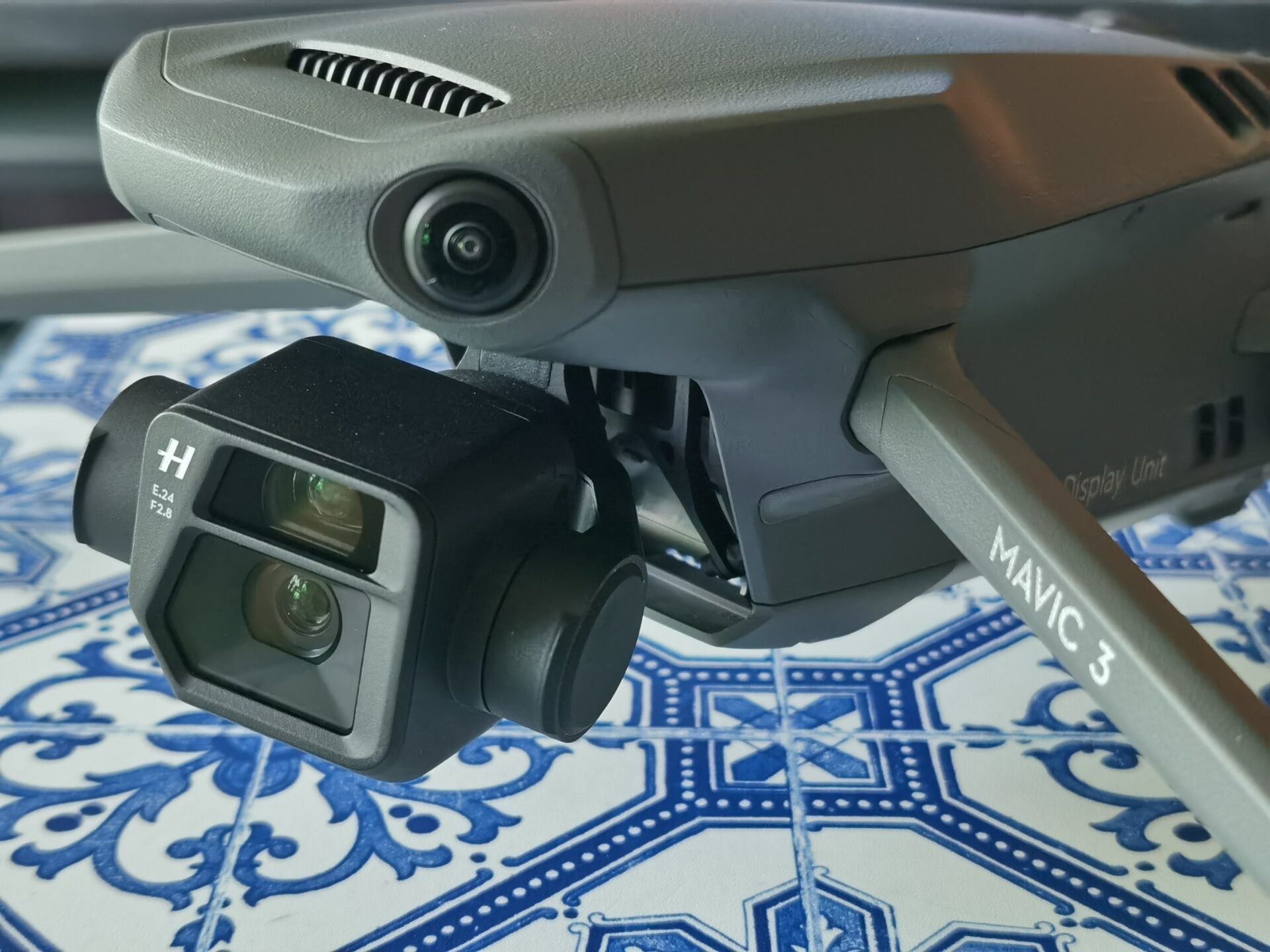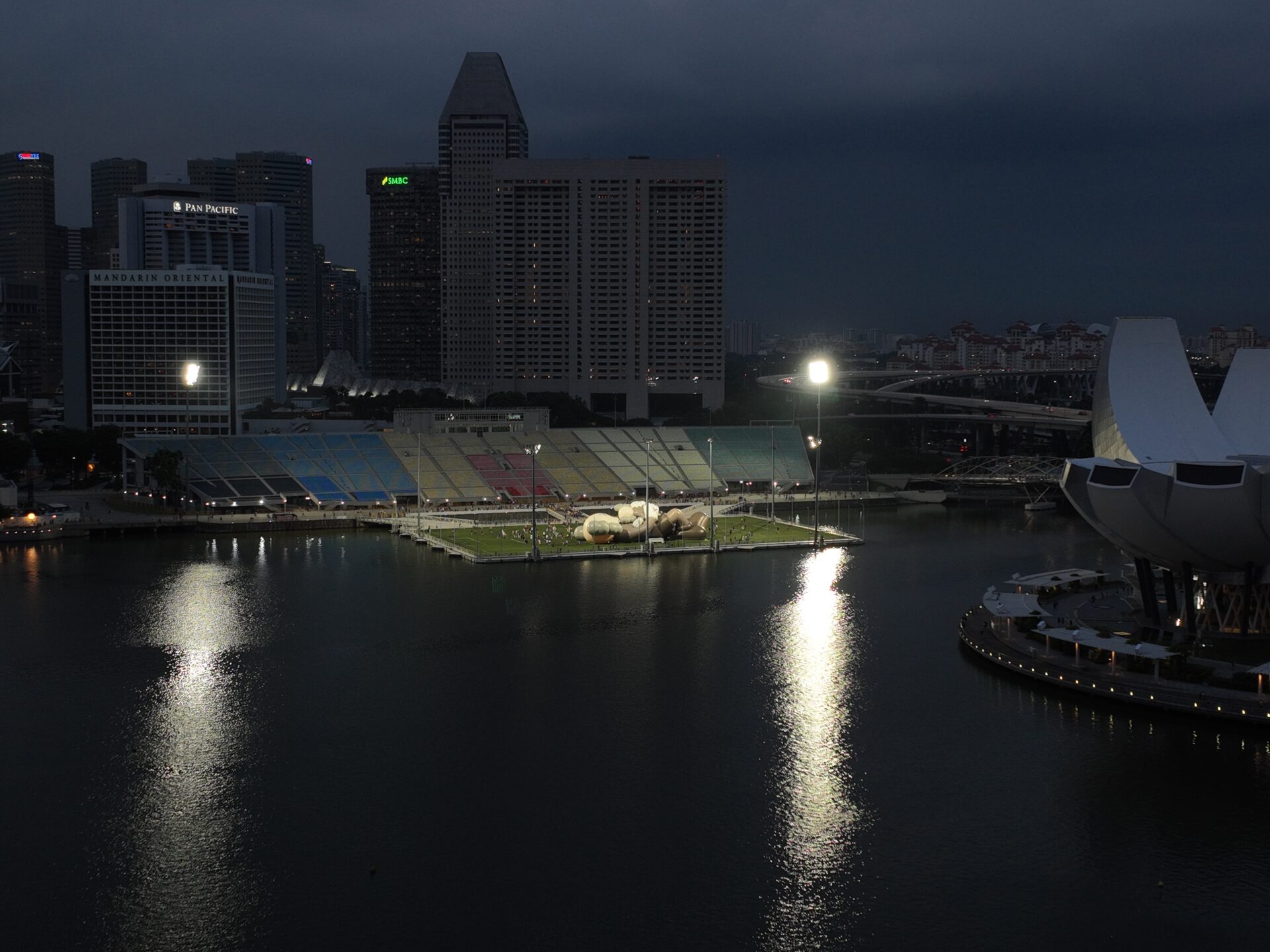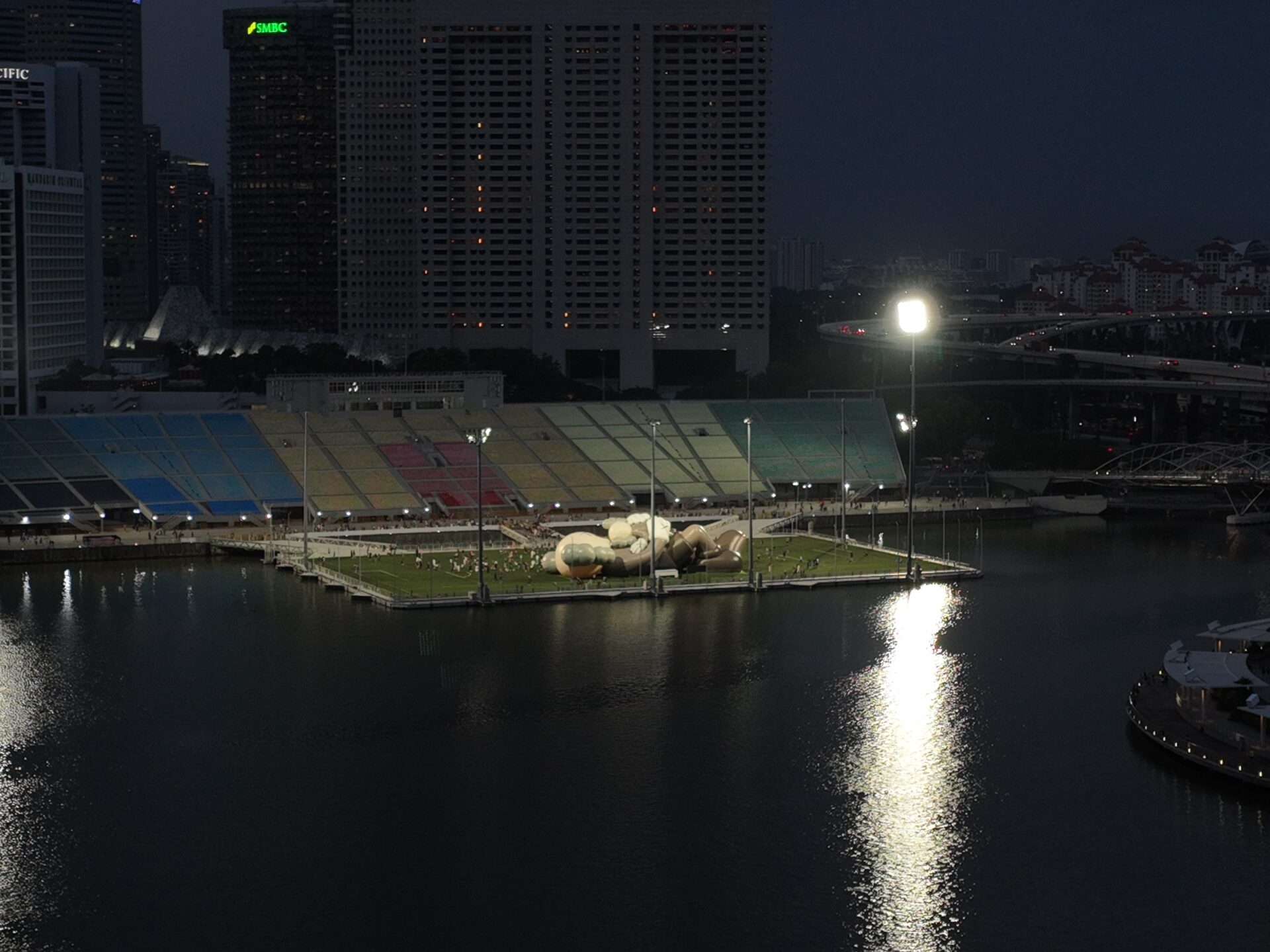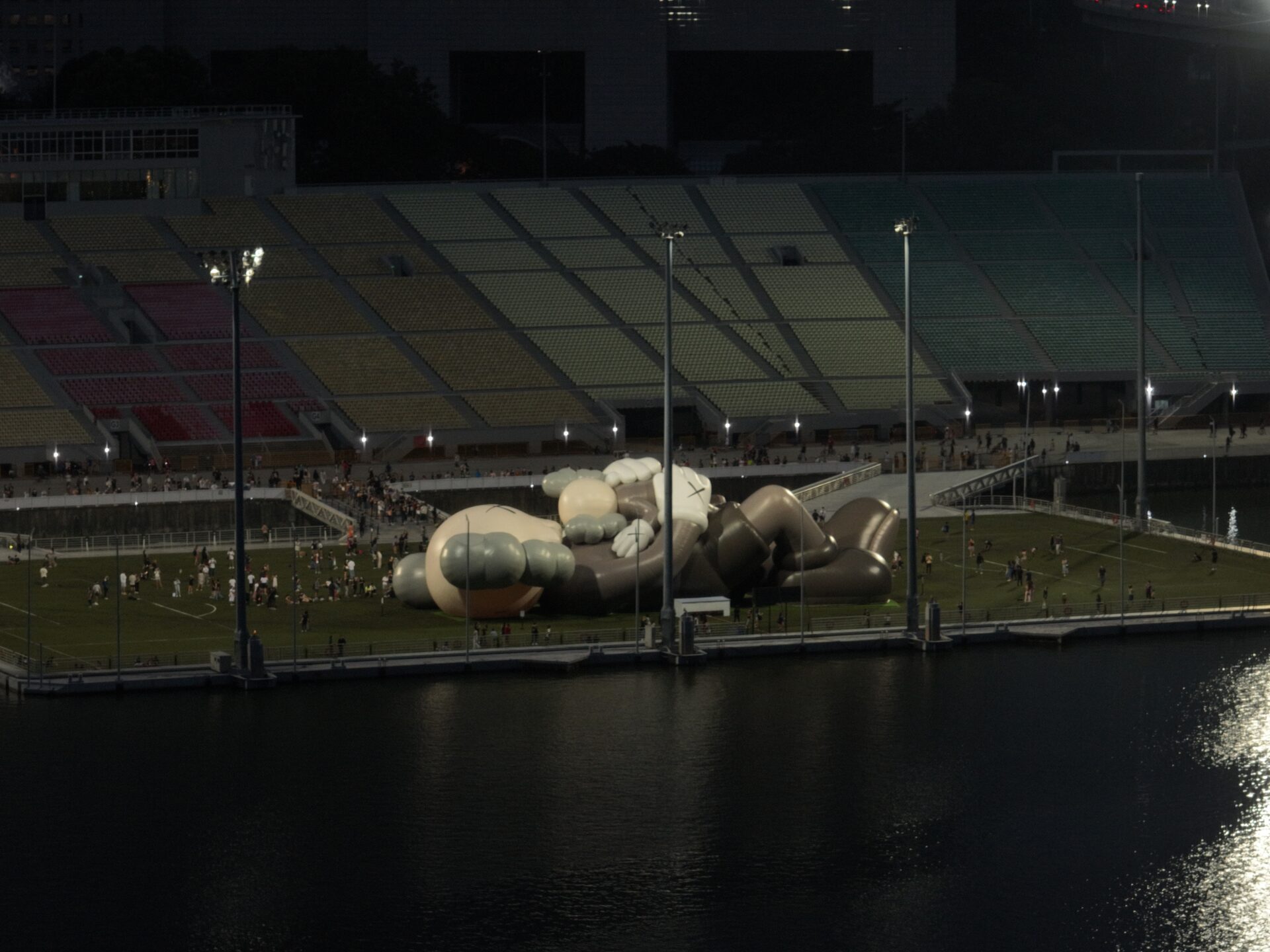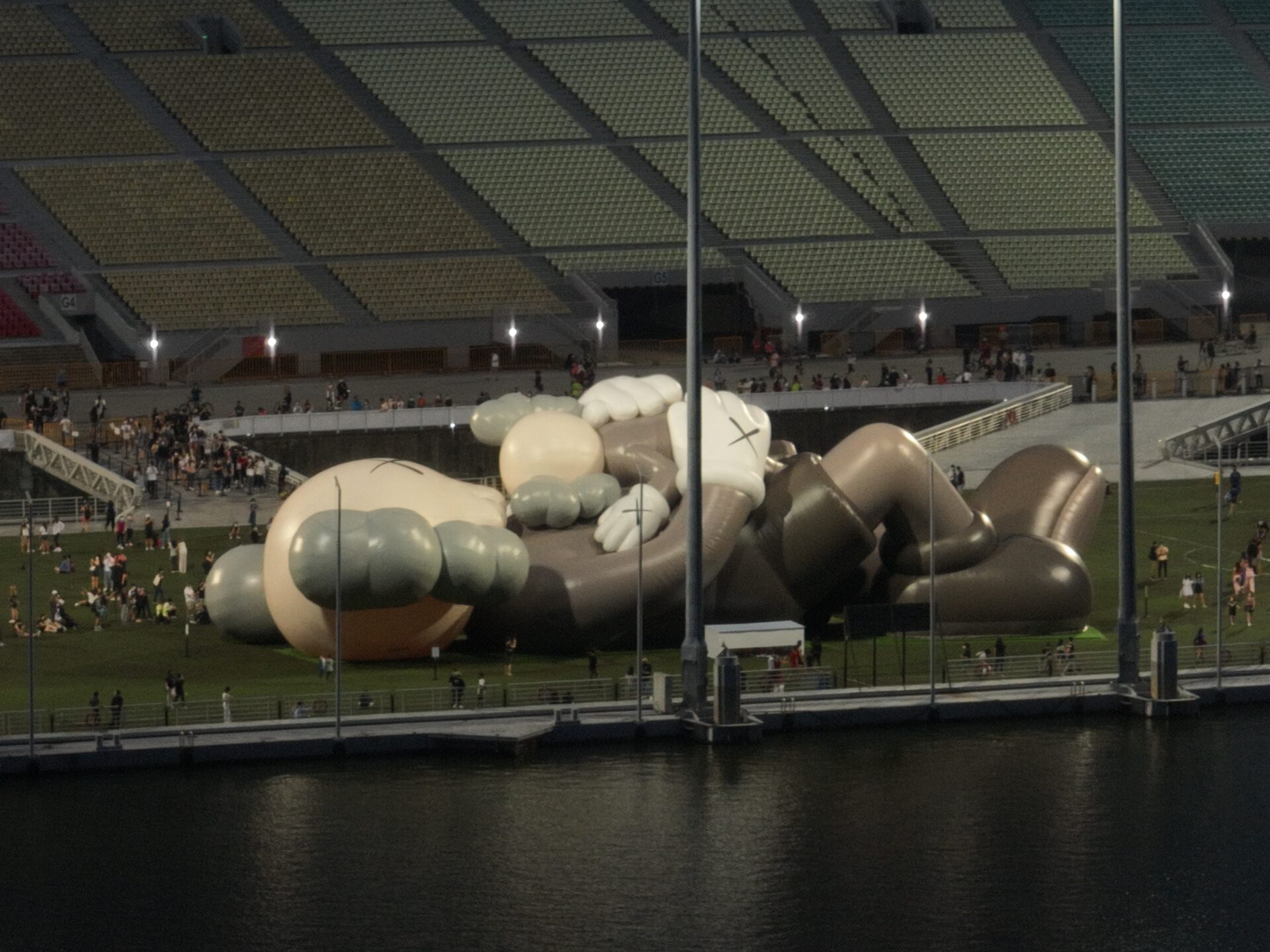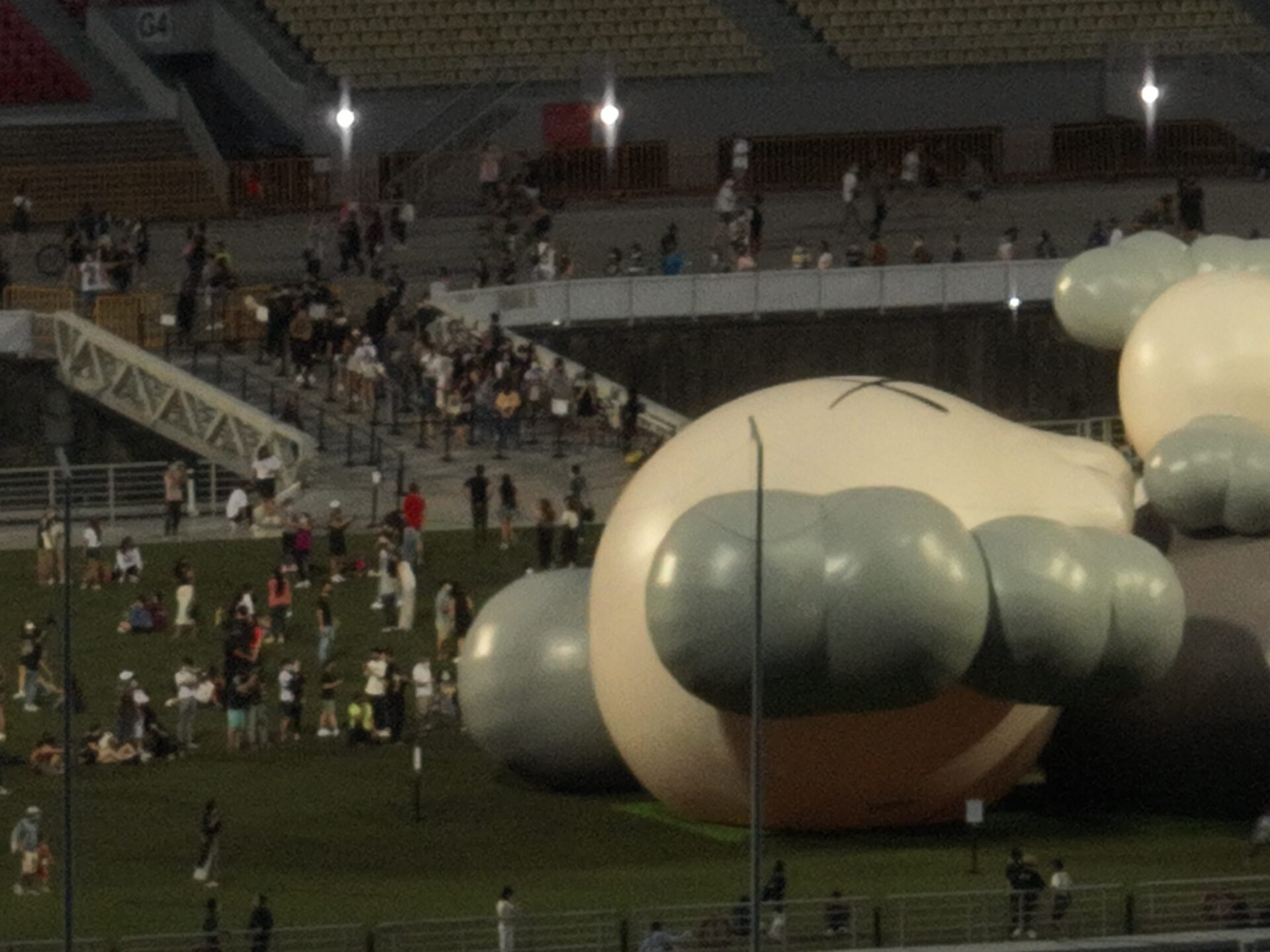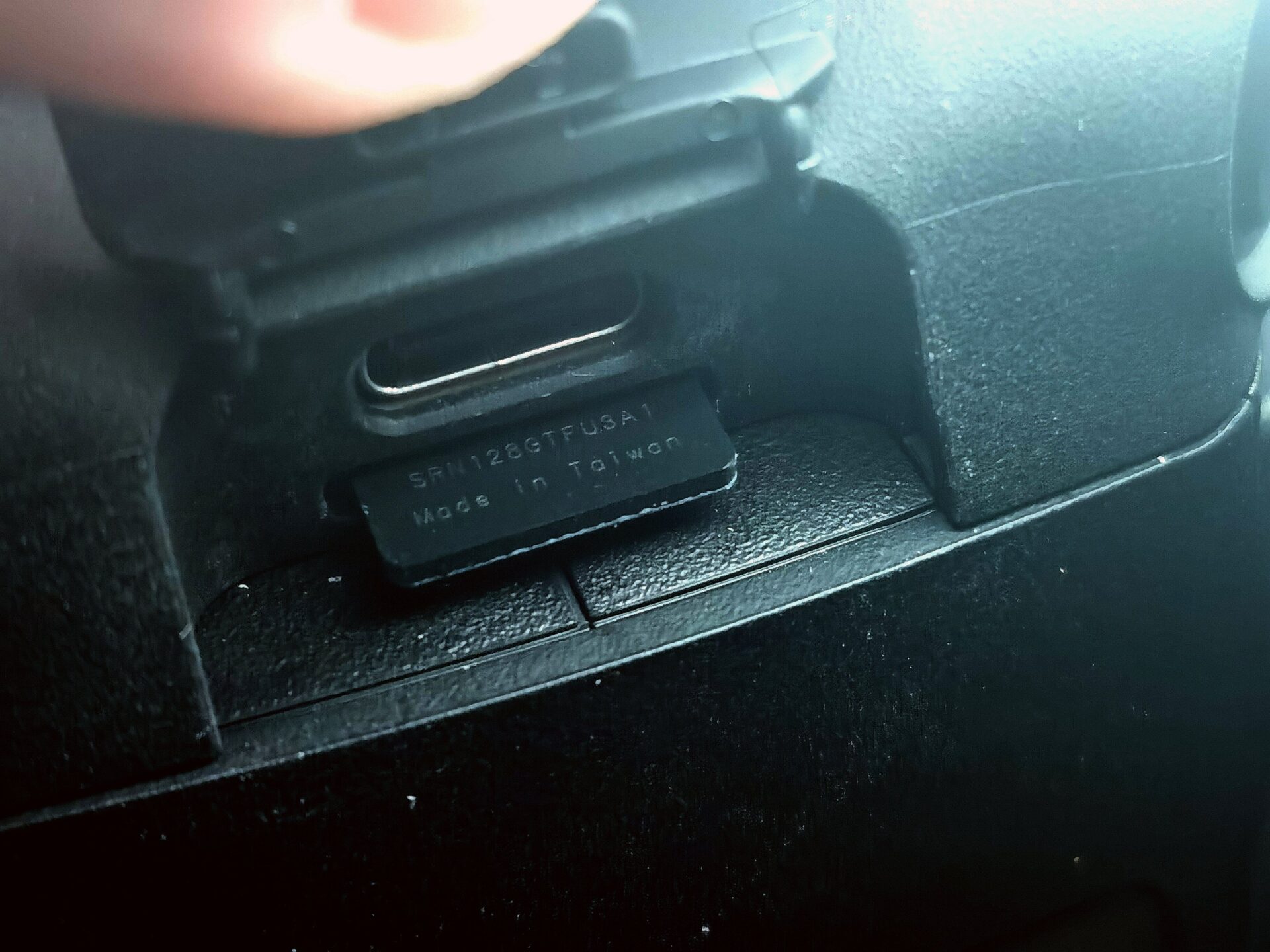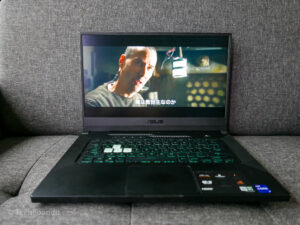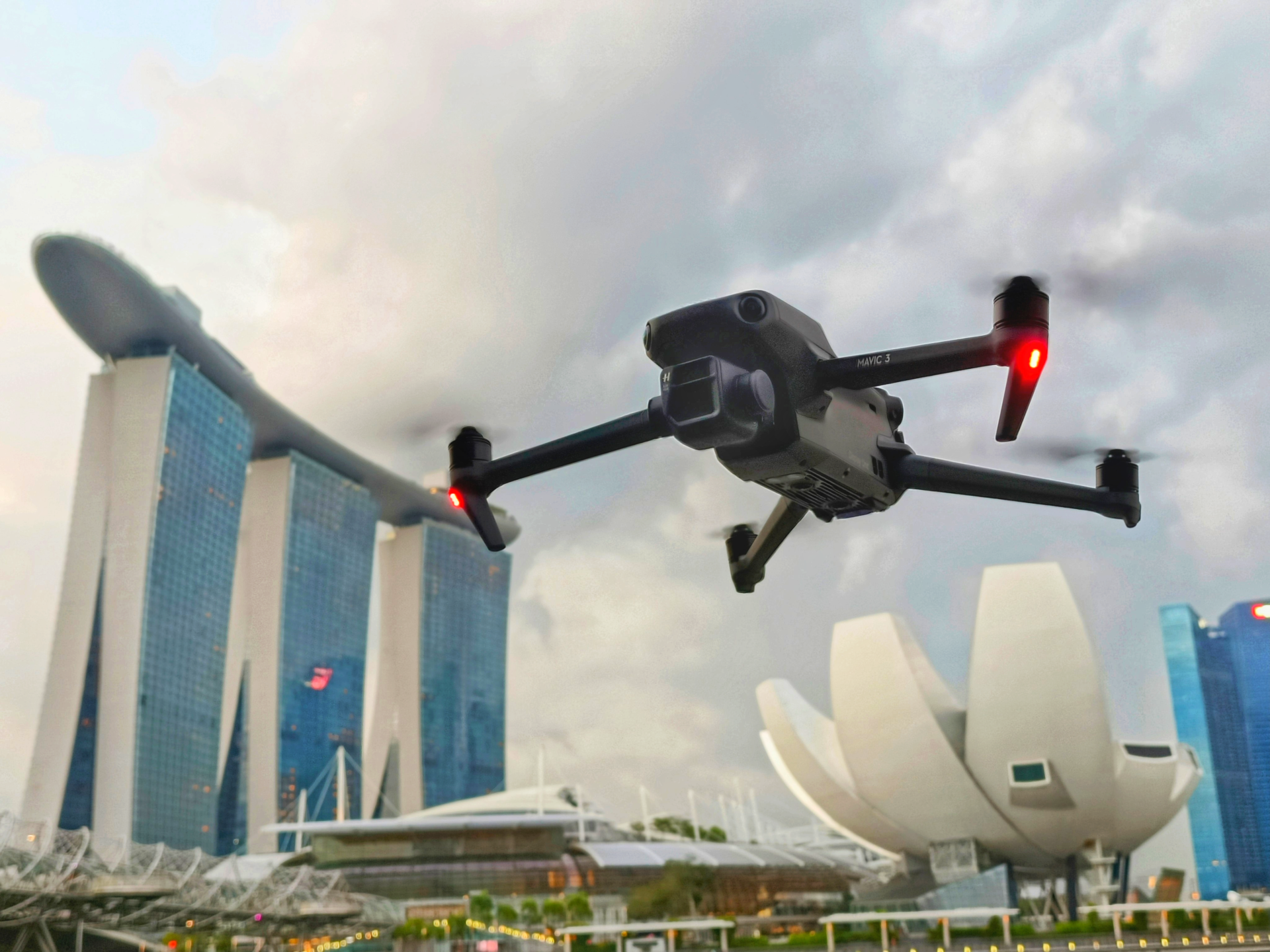
Flight test at Marina Bay with the DJI Mavic 3. PHOTO: Wilson Wong
DJI’s Mavic series of drones have been the go-to tools for cinematic aerial shots for hobbyists and professional videographers alike, so when I heard that the long awaited Mavic 3 is in Singapore this month, I had to take it out for a test flight or two.
On paper, the latest drone hits all the right notes with enhanced capabilities. Once the domain of professional-level drones, the 20-megapixel Micro Four Thirds (MFT) image sensor onboard promises better low light performance when capturing high-quality shots at night.
And the cherry on the cake? The Mavic 3 now comes with an optical telephoto (zoom) lens with a half-inch 12-megapixel CMOS sensor that gives creative users another tool to capture dramatic close-ups while being some distance away.

The DJI Mavic 3 now comes with a 1-inch sensor for the main camera. PHOTO: Wilson Wong
One big selling point for Mavic drones has always been the ability to change aperture settings on the fly with built-in aperture control. This means you can change the exposure quickly without losing that Kodak moment when lighting conditions shift unexpectedly.
For the new Mavic 3, it helps too that the renowned Swedish camera maker Hasselblad is the brains behind its camera system. The images shot by the drone are nothing but spectacular, at least for the main camera.
The night shots from the drone’s main camera are sharp, bright and devoid of visible ISO noise. My video shots of the Singapore skyline are also detailed and free from any noticeable vibrations thanks to the excellent 3-axis motorised gimbal.
Flying the drone is also a joy. The Mavic 3 is more stable in the air than the DJI Air 2s and is very sensitive to commands when I adjust the drone’s flight path via the control sticks.
The new O3+ (Ocusync 3+) communication protocol ensures that controls and FullHD video feed to the DJI Fly App are always available for added peace of mind while in the air.
According to DJI, the Mavic 3’s 5,000mAh battery can last 46 minutes in perfect conditions. During my tests, I could get around 30 minutes of flight time with 20 per cent battery power to spare, which is very good for a relatively heavy 895g drone.


This is particularly useful in some conditions. For example, I can keep the drone in the air longer to capture more shots during the “blue hour” period just after the sun sets. Yes, to grab those dramatic time-lapse shots we see in movies.
Unfortunately, that is also when disappointment sets in. On the controls, I find that the Time-lapse, Quick Shots, Master Shots and Panorama modes are not ready for use at launch. The options for them are greyed out.
Yes, seasoned flyers can turn to modes like timed shots to manually create time-lapse video clips or take multiple exposures bracketing shots to create HDR panoramas in post-editing but the preset modes should work out of the box. Going manual is just too much hassle if I want to share my images quickly on-site.

X1 
X2 
X4 
X7 
X14 
X28
The lack of RAW DNG file support for the telephoto zoom camera is also a letdown. The image quality here from the 12-megapixel sensor is only good at 4x and does not hold details well once the camera zooms in digitally.
To add to the frustration, the Explore mode is only in Full Auto Mode and you cannot save the photo files in RAW. The maximum resolution and frame rate is only 4K at 30fps.
Another gripe I have with the drone is the microSD card slot’s placement. Located right beneath the USB -C port, it is just too close to the drone’s body and I find it hard to pull the memory card out easily with my finger tips. It’s a hassle when you want to change memory cards during a shoot.

The memory card slot on the Mavic 3 will frustrate you to no end as your fingers will have a hard time taking out the card. Bring along a pair of tweezers. PHOTO: Wilson Wong
The drone also does not come cheap. The base-model Mavic 3 that I am testing is selling at S$3,129. If you want the “Fly More” set with three batteries, a charging hub, a bag and ND Filters Set, it will set you back by S$3,979.
The version with the improved Smart Controller, 1TB built-in solid state drive (SSD) storage and support for Apple ProRes Video files will require a much thicker wallet with S$7,339 in it.
In the three years between the Mavic 2 Pro and Mavic 3, we’ve seen the more consumer-focused DJI Air series of drones. So, DJI has now firmly positioned the Mavic 3 as a professional-level drone that is more mobile than the DJI Inspire.
However, if you do want a drone for this festive season, the DJI Air 2S is a much better choice. It is a capable alternative to the Mavic 3 with its 1-inch sensor and 595g lightweight frame. For S$1,899 for the Air 2S “Fly More” Combo, you get extra batteries for extended flying time too.
The Mavic 3 does get a lot of things right but parts of it don’t seem ready for prime time just yet. I’d wait for the automated flying modes to be available via a firmware update in January 2022 first before deciding.
